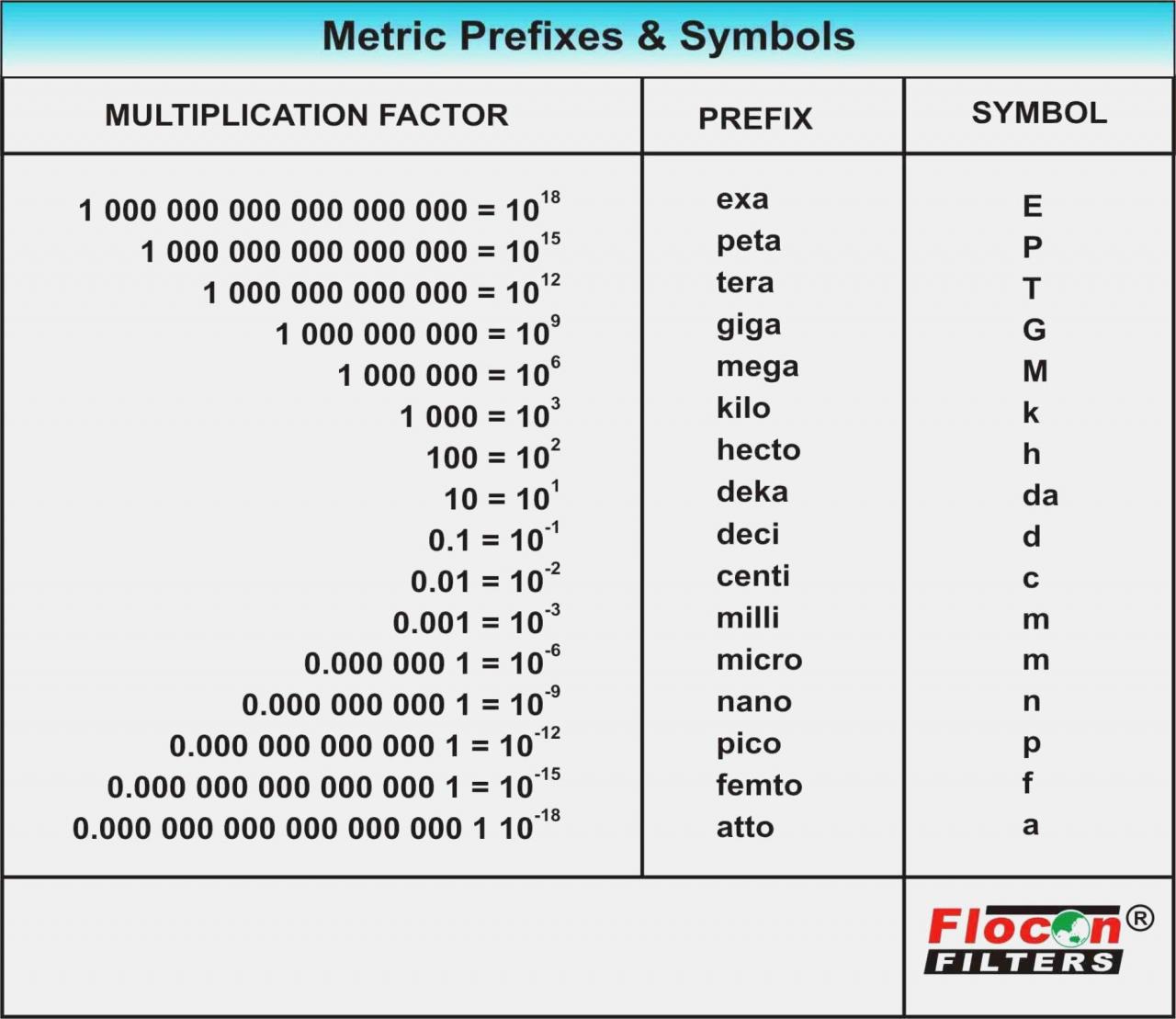
Pico measurement, the art of quantifying minuscule electrical signals, opens a gateway to the microscopic realm, empowering scientists and engineers to explore phenomena that were once beyond our grasp. This intricate technique plays a pivotal role in advancing research and development across diverse disciplines, from electronics to biology.
Pico measurements delve into the realm of the picosecond, a trillionth of a second, and the picoampere, a trillionth of an ampere, enabling us to probe the intricacies of high-speed electronic circuits, unravel the dynamics of biological processes, and push the boundaries of scientific inquiry.
Pico Measurement

Pico measurement, the science of making precise measurements in the picosecond (10^-12 seconds) and picoampere (10^-12 amperes) range, has revolutionized scientific research and engineering. From studying ultrafast phenomena in electronics to detecting minute electrical signals in biology, pico measurements provide unparalleled insights into the behavior of matter and energy.
Definition and Significance of Pico Measurement
Pico measurements involve capturing and analyzing signals that occur on incredibly short time scales or involve extremely small currents. These measurements are crucial in various fields, including:
- Electronics:Characterizing high-speed circuits, testing semiconductor devices, and analyzing electromagnetic interference.
- Optics:Measuring ultrafast laser pulses, studying optical properties of materials, and developing advanced imaging techniques.
- Biology:Detecting electrical activity in cells, monitoring neural signals, and studying molecular interactions.
Pico measurements pose significant challenges due to the inherent noise and limitations of measurement instruments. However, advancements in technology have led to the development of sophisticated techniques that overcome these challenges.
Techniques for Pico Measurement
Various techniques are employed for pico measurement, each with its advantages and disadvantages:
- Sampling Oscilloscopes:Capture and display high-frequency signals with high temporal resolution, enabling visualization of fast transients.
- Lock-in Amplifiers:Enhance signal-to-noise ratio by selectively amplifying signals at a specific frequency, improving sensitivity for weak signals.
- Picoammeters:Measure extremely small currents with high accuracy, essential for characterizing electronic devices and studying biological processes.
Specific instruments include Tektronix DPO70000SX oscilloscope for high-speed signal analysis, Stanford Research Systems SR830 lock-in amplifier for low-level signal detection, and Keithley 6487 picoammeter for precision current measurement.
Applications of Pico Measurement
Pico measurements have revolutionized research and development in various fields:
- Electronics:Designing faster and more efficient electronic devices, improving signal integrity, and reducing electromagnetic interference.
- Optics:Developing ultrafast lasers for telecommunications, spectroscopy, and medical imaging.
- Biology:Understanding the electrical activity of cells, studying neurodegenerative diseases, and developing biosensors for medical diagnostics.
Emerging applications include quantum computing, high-energy physics, and materials science, where pico measurements play a vital role in unlocking new discoveries and advancements.
Data Analysis and Interpretation
Pico measurement data analysis requires specialized techniques due to its high-frequency nature and low signal levels.
- Signal Averaging:Improves signal-to-noise ratio by averaging multiple measurements.
- Fast Fourier Transform (FFT):Converts time-domain signals into frequency-domain, enabling spectral analysis.
- Time-Interval Analysis:Measures the time difference between events with picosecond precision.
Common pitfalls include noise artifacts, aliasing, and quantization errors. Best practices involve careful instrument calibration, appropriate sampling rates, and statistical analysis to ensure data accuracy and reliability.
Design Considerations for Pico Measurement Systems
Designing pico measurement systems requires careful consideration of several factors:
- Noise Reduction:Shielding, grounding, and filtering techniques minimize noise interference.
- Signal Conditioning:Amplification, filtering, and impedance matching ensure signal integrity.
- Data Acquisition:High-speed data acquisition systems with low latency and high resolution are essential.
Trade-offs exist between accuracy, speed, and cost. System design involves optimizing these parameters based on specific application requirements.
Case Studies and Examples, Pico measurement
- High-Speed Electronics:Picosecond-scale measurements enabled the development of faster and more efficient computer chips.
- Optical Communications:Picosecond laser pulses are used to transmit data at ultra-high speeds over long distances.
- Neuroscience:Picoammeter measurements revealed the electrical activity of neurons at the subcellular level, advancing our understanding of brain function.
These case studies highlight the transformative impact of pico measurements in various scientific and engineering disciplines.
Wrap-Up: Pico Measurement
As pico measurement techniques continue to evolve, their applications are poised to expand even further, promising to revolutionize our understanding of the world around us. From unraveling the mysteries of quantum computing to unlocking the secrets of the human brain, the potential of pico measurement is boundless, offering a tantalizing glimpse into the hidden dimensions of our universe.
Question & Answer Hub
What is the significance of pico measurement?
Pico measurement enables the precise quantification of extremely small electrical signals, providing insights into phenomena that occur on ultra-fast timescales and at minuscule levels.
What are the challenges of pico measurement?
Pico measurement techniques face challenges such as noise reduction, signal conditioning, and data acquisition, requiring careful system design and specialized instrumentation.
What are some applications of pico measurement?
Pico measurement finds applications in electronics, optics, biology, and other fields, enabling the characterization of high-speed circuits, the study of biological processes, and the exploration of quantum phenomena.




